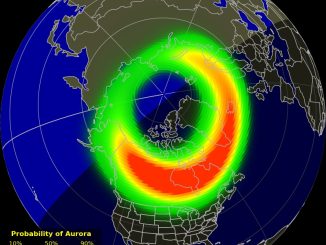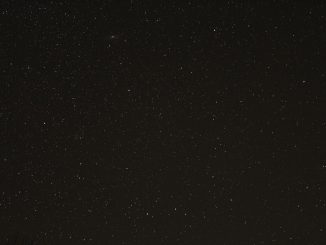
FrontPage
Supernova in M101
Japanese astronomer Koichi Itagaki on May 18 2023 discovered supernova in the Galaxy M101 Pinwheel. Supernova was designated with name SN 2023ixf and it is about 21 million light years distant. Galaxy Messier 101 is well known to the amateur astronomers and it’s easy to find it close to the handle of Big Dipper. Now it’s passing every evening local […]







